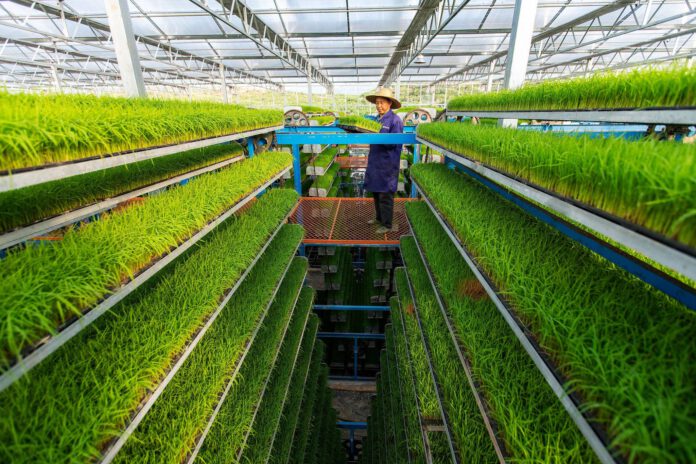
In 2021, the number of orders from Pinduoduo reached 61 billion, up 59% year-on-year, with a particularly significant increase in orders related to agriculture.
In 2015, Pinduoduo’s predecessor, Pinhaohuo, was established, and at that time the main focus was on the group selling agricultural products. Since then, agricultural products have also shown good development potential in Pinduoduo. During the 2018 Double 11 shopping festival period, Pinduoduo’s produce orders exceeded 40 million units, up 409% year on year.
At that time, Pinduoduo came up with the idea of opening up the chain of agricultural products to be sold online. Today, Pinduoduo has fulfilled its vision and is working on both ends of the “e-commerce for agriculture” strategy. On the one hand, it is on the sales side, expanding the sales of agricultural products. To increase the willingness of users to buy, Pinduoduo has implemented “direct delivery from the source”, so that users can get fresh produce as soon as possible. At the same time, Pinduoduo has also increased its support for agricultural merchants, such as giving traffic tilt, subsidies, and so on.
On the other hand, on the production side, Pinduoduo is helping farmers to produce more quality agricultural products through scientific research. In August 2021, Pinduoduo announced that it had set up an “RMB 10 billion agricultural research project” and subsequently said that it would invest the profits from the second, third, and fourth quarters of last year in agricultural research. Also in August 2021, Pinduoduo launched the second Smart Agriculture Competition to strive for higher quality tomatoes.
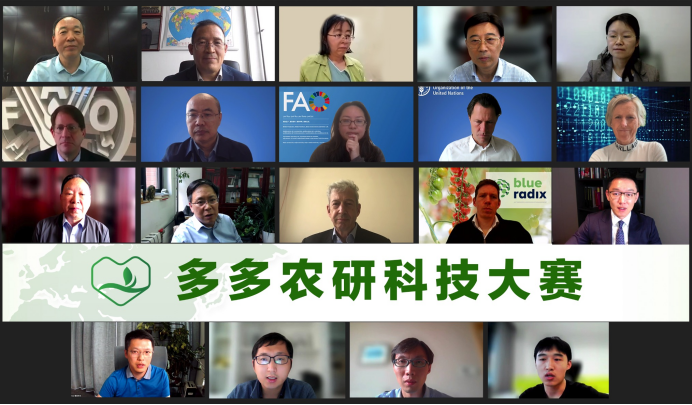
Firstly, the tomatoes were grown in a ‘smart greenhouse’ provided by Pinduoduo. Compared to traditional greenhouses, the ‘smart greenhouses’ are more user-friendly for growers. The temperature in a traditional greenhouse can change depending on the external environment and is therefore not as stable. In addition, staff in traditional greenhouses have to manually sow seeds, fertilize, water, and pollinate the plants, which can be costly to maintain. But with smart greenhouses, managers can remotely adjust the elements of the growing environment such as water, fertilizer, light, and carbon dioxide in the greenhouse, enabling unmanned cultivation. The sensors in the smart greenhouse will send any abnormalities in the greenhouse environment to the manager’s mobile phone via software, and the manager can see them and operate them remotely on the phone. If the situation is never dealt with, the grower will receive an emergency call.
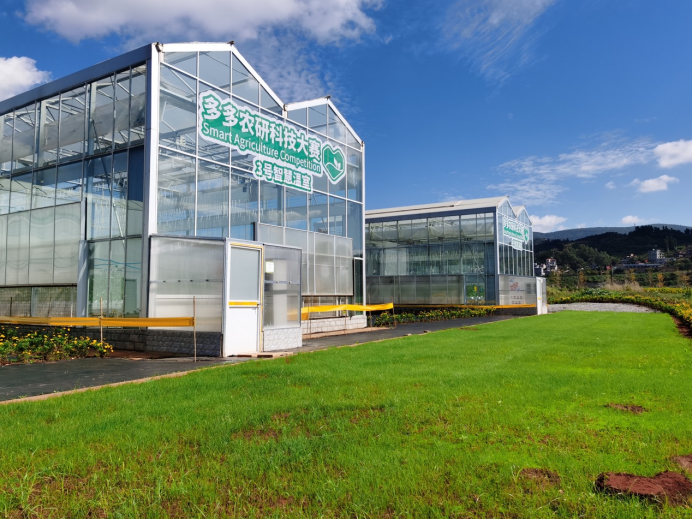
Secondly, the teams have also each made full use of more crop-friendly tech in the final. In traditional farming, the yield and quality of crops are affected by weather factors. But with the support of high technology, the stability and controllability of crop growth have been greatly increased. For example, one of the teams has developed a ‘tomato growth state recognition model’. Firstly, a tomato fruit growth state recognition algorithm identifies the size and ripeness of the tomato fruit. The monitored information is then fed into an expert system, which provides the basis for subsequent fertilization, farming strategies, and harvesting.

The team has also developed a ‘smart tomato digital control cloud platform’, which allows real-time monitoring of greenhouse environmental dynamics, remote control of environmental control equipment switches, monitoring of tomato growth images, identification of tomato plant diseases, and analysis based on historical data to remind growers of daily precautions. The platform is equivalent to visualizing tomato growth data and environmental data, allowing growers to better control every aspect of growth.
Another team has developed a new greenhouse CO2 enrichment technology that allows for low cost, zero pollution, and high yields. Plants cannot grow without carbon dioxide, but if large amounts of carbon dioxide are applied directly and the plants have limited access to it, the secondary emissions will cause environmental pollution.
The third team has developed a ‘disease management system’ to collect data on the climate of the greenhouse environment and the growth of tomatoes, and then predicts the risk of infection from common fungal diseases over the next 10 days. Currently, the system predicts four diseases – powdery mildew, leaf mold, black leaf mold, and gray mold. Once growers are aware of the disease risk in time, they can take early preventive measures and dose their tomatoes to reduce the risk of disease.
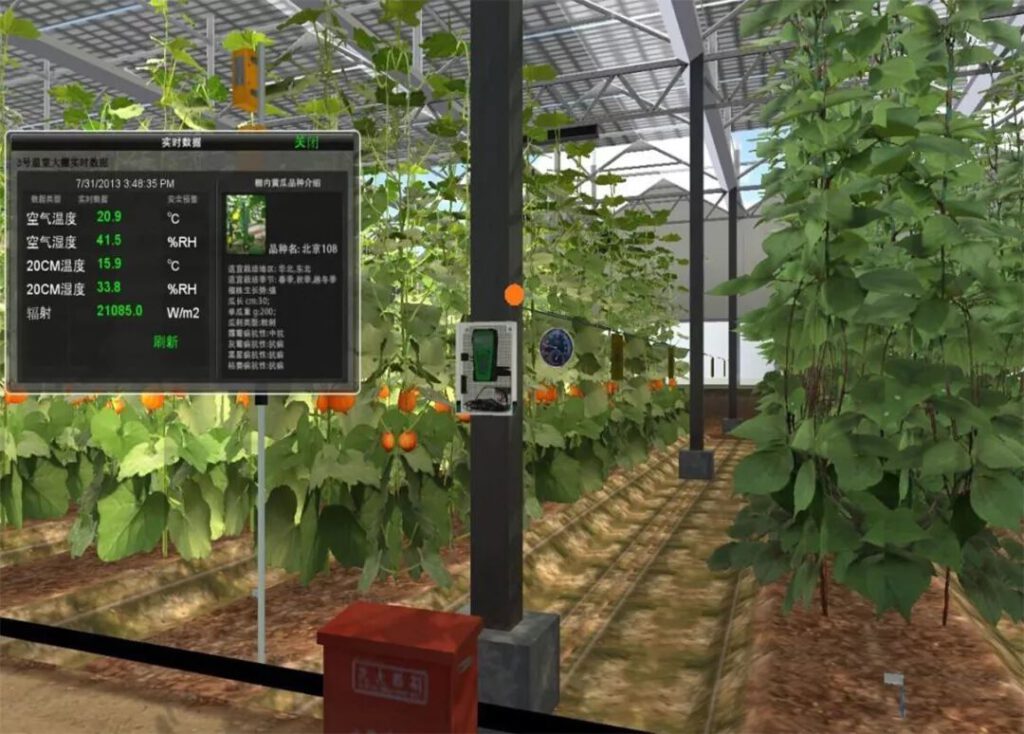
In the end, the teams all produced tomatoes with more yield, better flavor, and higher nutritional value. One team produced a total yield of 11.3kg/m2 per unit area over the six months of growing, with yields increasing each week in the later stages. Based on a normal tomato growing cycle of 10 months, yields can approach 30kg/m2. This yield is close to the peak yield of small tomatoes grown in greenhouses in the Netherlands during the same period. It is important to note that the Netherlands is a world leader in tomato production.
Another team, on the other hand, achieved a good result in terms of tomato quality. In terms of flavor data, the total soluble solids (the percentage of solutes in the tomato juice that affects the sweetness and acidity of the tomato) averaged 9.8%, far exceeding traditional growing methods. In terms of nutrient data, its tomatoes contain 80.8% more vitamin C, 114% more lycopene, and 72.5% more amino acids than conventionally grown tomatoes.
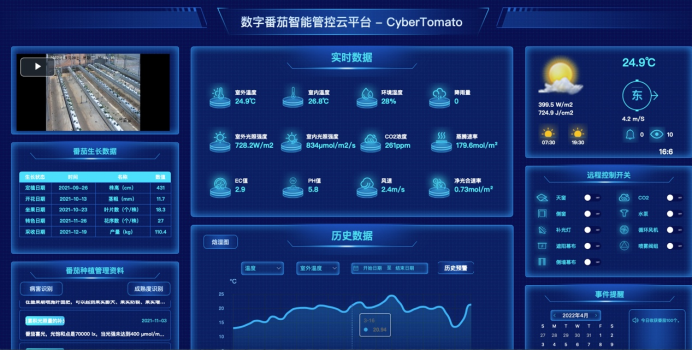
Agricultural development has always lacked the high-quality talent to support it due to low interest and low profits. The competition has attracted the attention of many young researchers, with 80% of the participants being post-90s and many with a master’s degree or above. To a certain extent, the competition is partly a catalyst for young scientists to join agricultural research.
The finalists used a wide range of artificial intelligence-related technologies. Members of the team also have expertise in a wide range of cross-cutting areas including new plant sensors, artificial intelligence algorithms, and the Internet of Things in agriculture.
The competition also shares the resources of many well-known domestic and international organizations. The competition was conducted under the technical guidance of the Food and Agriculture Organization of the United Nations and Wageningen University and Research Center in the Netherlands, with the support of some well-known domestic and international institutions, including the Yunnan Academy of Agricultural Sciences, the Agriculture Department of the Dutch Embassy in China, the Danish Agency for Science, Technology, and Innovation, the Swiss Center for Science, Technology and Culture, and Bayer CropScience. The competition will help people to realize that agriculture does not mean “backward”, but can also be “high tech”.
This competition is a big step forward in exploring how to do the digital transformation of agriculture. The final results show that with the support of technologies, not only can production costs be significantly reduced and manpower costs liberated, but also the yield, flavor, and nutritional value of tomatoes grown is higher compared to traditional agricultural methods. It is clear that if information technology is applied to other crops and other industries, it will also achieve the results of smart agriculture on the ground.
Digital agriculture has great promise and will attract more young talent to the field, and China has begun the digital agriculture journey.
(Source: Pinduoduo, Foodaily)



